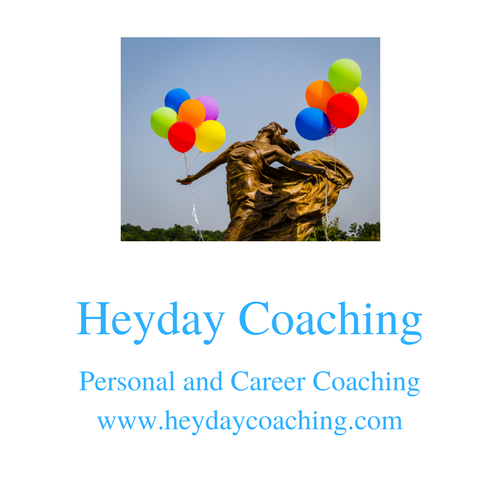Image by Eli Digital Creative from Pixabay
Six or seven years ago, I had to write a short piece of fiction for a writing workshop. Fiction writing was and is new to me, and I was particularly unfamiliar with telling some kind of coherent and complete tale in a short format. I decided to use an incident from my childhood as a jumping off point for my short story.
Like everyone else, I remember most of my childhood in disjointed but vivid scenes. The scenes in my short story were all things that happened to little-girl-Melissa, though I can’t vouch that they occurred in the sequence and context that I gave them in the short story. In the end, I’d say that my story was not fiction but thinly veiled memoir.
I tinkered with the story for weeks and weeks. I struggled. Finally I hit upon the idea of switching the story from first person to third. Suddenly it started to come together.
I learned a bit about fiction writing techniques from the instructor and my peers in that workshop, but I learned something more powerful when I switched the story from first person to third. By changing the verb tense, I was able to gain additional distance on myself and on the other people and events in the story. I was able to better understand what happened to me and to feel more compassion for myself and for the other characters. I gained new perspective on those childhood experiences. Since then, when I’ve been journaling my way through a difficult or confusing moment, I sometimes try switching into third person. The practice usually unlocks some new awareness.
Over the past few months, I’ve been working with a thoughtful group of women in a workshop series that I called “Writing A Better Story for Your Life.” The series was inspired by singer-songwriter Carrie Newcomer’s wonderful song, “Writing a Better Story.”
I’ve long been fascinated by the stories people tell about themselves. Much of my scholarly work focused on the stories that people told about their lives in oral history interviews. We know from research in neuroscience and psychology that human beings are wired for story--for creating a narrative that explains and interprets our reality. We are meaning-making machines. Humans also developed the neural wiring for an inner monologue--a story we tell ourselves about ourselves. Telling ourselves stories about our experiences helps us navigate through life by providing focus and direction.
Alas, the human brain is also wired with a built-in negativity bias. In ancient times, our tendency to focus on potential threats was an evolutionary adaptation that helped us survive in a world that was full of physical threats to our survival. Those threats and the brain’s tendency to focus on them help shape our actions as well as the stories we tell ourselves about ourselves. This evolutionary adaptation lingers in our brains. The stories we tell ourselves tend to be fearful and cautious. As Kindra Hall, author of Choose Your Story: Change Your Life, points out, these negative self-stories may lead “us in circles, keeping us feeling safe, but stuck in places that are familiar.”
I’ve noticed this pattern in my coaching work. Clients tell themselves stories that limit them and hold them back from living the lives that they wanted to live. I often find myself doing the same thing. As Kindra Hall put it, “Stories that are meant to keep us from harm often keep us from possibility, too.”
My observation that our self-stories can be self-limiting led me to create a workshop series that would allow participants to begin to reframe their constraining self-stories and write better stories that would encourage them to grow. In our first few sessions, the power of reframing self-stories—and sharing that experience with peers—generated compelling discussions and fresh insights for all of us.
As I developed the workshop series, I thought again about my experience of writing that short story about childhood. What would happen, I wondered, if I asked the workshop participants to try rewriting one of their self-stories in third person?
In my reading on reframing personal stories, I found the work of psychologist Kim Schneiderman. Schneiderman observes that writing in first person can get in the way of gaining perspective on our self-stories. She explains that first person writing can activate both our censoring ego and our inner critic. The censoring ego tries to keep us safe from self-discoveries that might undermine the self-image. On the flip side, the inner critic is that voice that tells us we aren’t good enough or smart enough. Schneiderman says these two thought patterns can combine to become “negating narrators” when we write or think about our stories in first person. In Step Out of Your Story, Schneiderman writes, “The genius of writing in the third person is that it sneaks past our negating narrators. . . . Writing about yourself in third person creates an opening to be more curious about the direction of your unfolding story.”
Memoirist Elissa Altmann doesn’t write in third person, but she has noted that it’s important to recognize that the main character of a self-story is the “You-Not-You” of the story. She calls the process of writing the self story as “developing a narrative persona” and she says, “Developing a narrative persona [allows] for the telling of a difficult story with context, distance, and ultimately/hopefully profound (if ambiguous) clarity.”
The participants in “Writing a Better Story for Your Life” reported that though they initially found it challenging to write about themselves in third person, it proved a useful—and even powerful—tool to help them gain some new insights into their lives.
What about you? What fresh perspectives might open up if you experimented with writing about yourself in third person?


